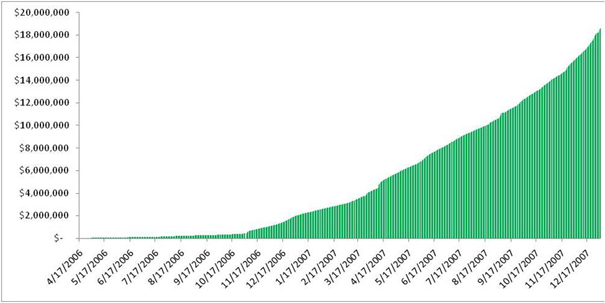I’ve written a number of times about the tension between logic and empathy. I think it is important that the effective philanthropy movement recognizes that while data is an important input to good decision-making, it can also dampen the very emotions that drive giving. That’s why I think it is critical that high performing organizations learn how to tell authentic stories about their impact—stories based on solid data about what works that also respects the role of emotion in the field of philanthropy.
Kiva is an organization that I’ve held up in the past as really understanding how to tell an authentic story that “sticks” (in the vocabulary of the must-read book Made to Stick: Why Some Ideas Survive and Others Die). The point of the book is that a good story is true and told in such a way that it spreads. Too often I worry that the effective philanthropy movement is convinced that if it can just find the “truth” about what works, the rest will take care of itself. But I don’t think that’s enough. We need to discover the “truth” about what works and learn how to tell the story of that “truth” in a way that spreads.
Here is a new video by Kiva. The video presents data about the increasing level of microfinance loans made by the organization over time. But this ain’t no Excel chart…
Are you enjoying this article? Read more like this, plus SSIR's full archive of content, when you subscribe.
Intercontinental Ballistic Microfinance from Kiva on Vimeo.
Wow.
This data is just as “true” as a simple chart like the one below (which actual does represent Kiva’s loan growth from early 2006 through late 2007).

In the book Made to Stick, the authors talk about how a group of food scientists spent a long time telling people about how much fat was in movie popcorn. But it wasn’t until they figured out how to tell the story of how fattening movie popcorn was for you—by showing and relating it to a table top covered with bacon, eggs and cake—that people started paying attention.
First, we need to figure out what works. Then we need to figure how to communicate the story about what works in a way that drives people to action. Too often, “effective philanthropy” is obsessed with the first step and ignores the second. Too often, successful fundraising is done with the second step in mind while the first is ignored.
What we need is storytelling for impact that drives people to take action in the service of programs that work.
Support SSIR’s coverage of cross-sector solutions to global challenges.
Help us further the reach of innovative ideas. Donate today.
Read more stories by Sean Stannard-Stockton.

